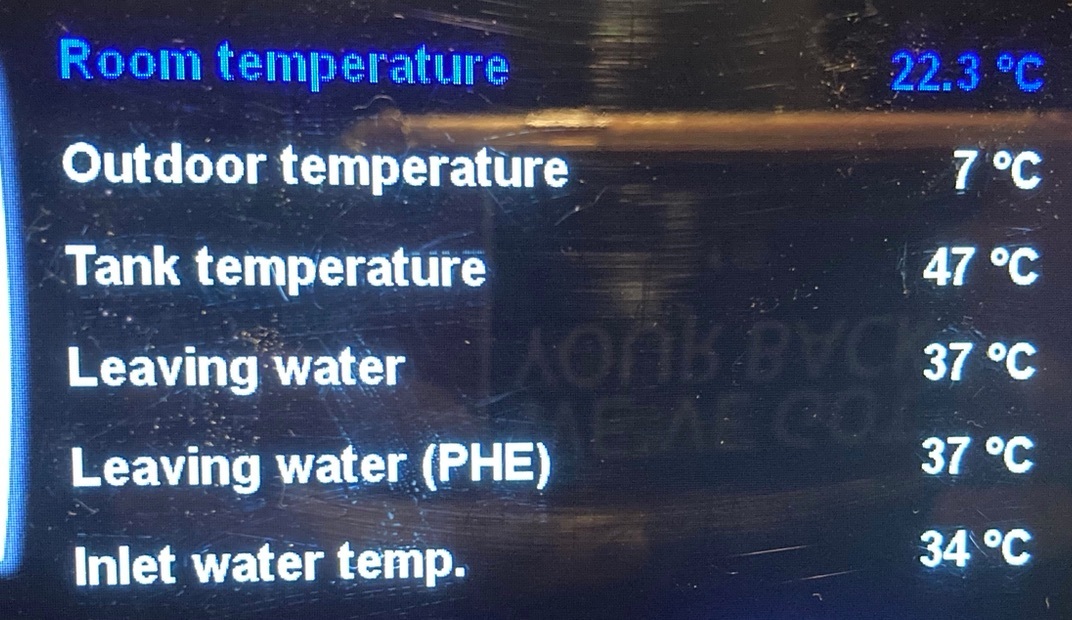I have A Daikon Altherma 10kw ASHP and 11 Dimplex Smart rads for emitters. I would like some advice on best temp setting for flow. I think this called LWT? Not sure what this really means. Also DHW reheat temp? And What is weather dependant setting for. Sorry if these are stupid questions.
Best flow settings for Daikon heat pump (ASHP) with Dimplex Smart Rads
Best answer by juliamc
Yes. Leaving Water is what’s in the radiators, DHW is the Domestic Hot Water ie what’s in your hot water cylinder or Tank. The heat pump will heat either the radiators or the tank, but not both at the same time.
The LWT is set either as Fixed temperature or using a Weather Dependent (WD) curve, actually a straight line graph, where the LWT varies with the outside temperature to balance the heat loss from the house.
Say your DHW Reheat value is 40 deg, and your DHW is set to ‘reheat’ (it can be just reheat or reheat+schedule), then when the tank temp drop below 30 the system switches to reheat it until it reaches 40. That assumes Hysteresis is set to the default value of 10 degrees.
Does that help !!??
Log in to the OVO Forum
No account yet? Create an account
Enter your E-mail address. We'll send you an e-mail with instructions to reset your password.












